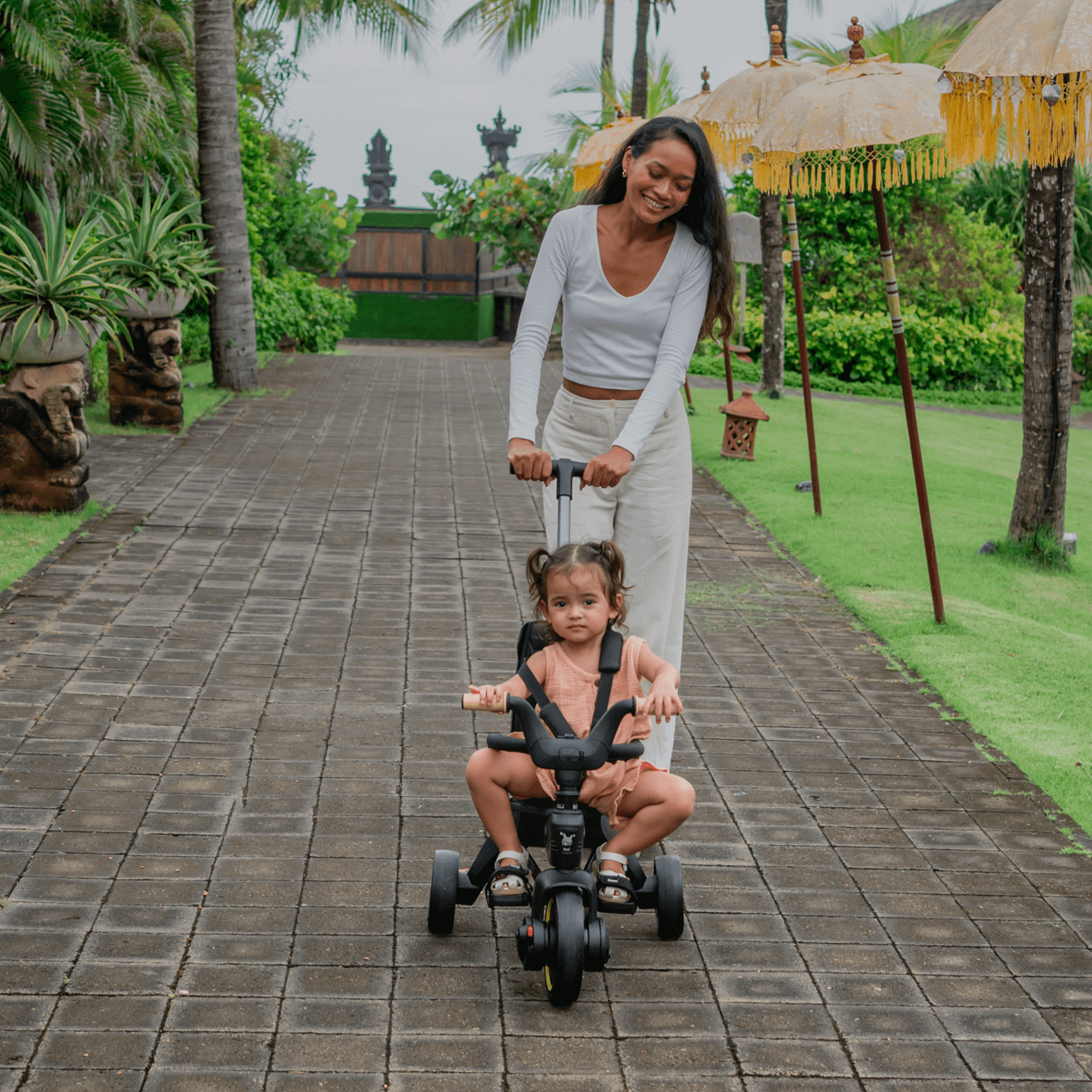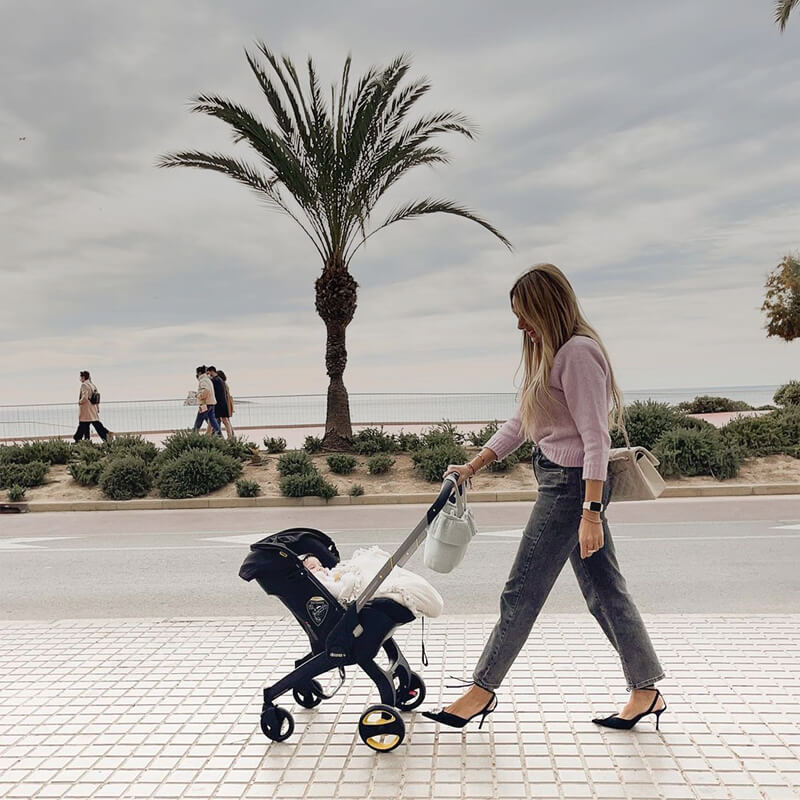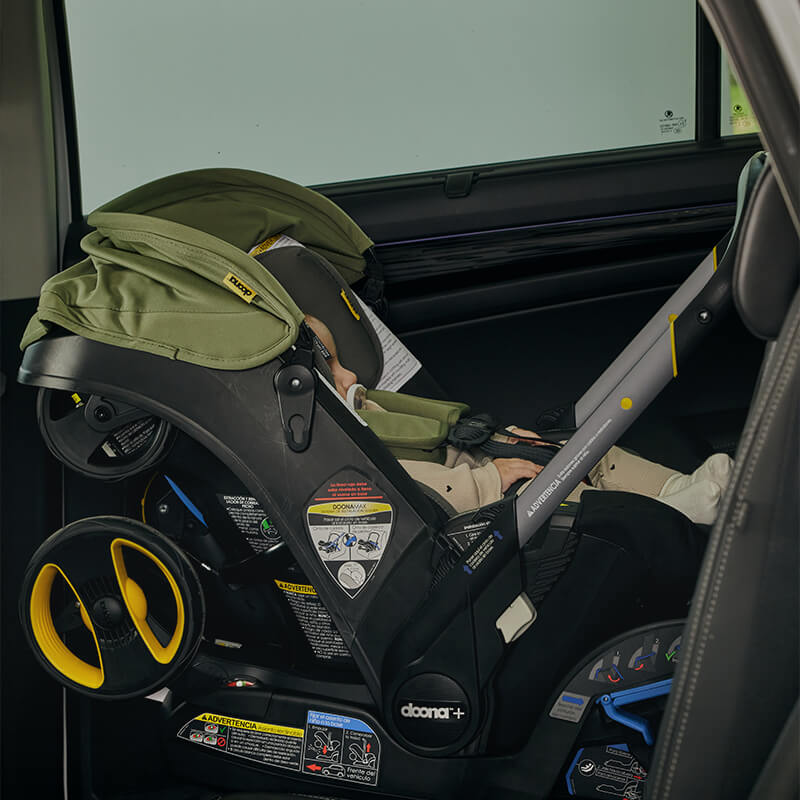Insights on empowering children in their unique identities with Meghana Narayan
In our latest Insight Series, we spoke with educator, artist, children’s book author, and mom of two girls, Meghana Narayan all about empowering children in their identities. We discussed her new children’s book, A Little Bit of Everything, and she shared her expert tips for helping your little ones connect with their own unique stories through literature and creative expression. Keep reading for Meghana’s advice on empowering your little ones!
Congratulations on the recent release of your children’s book A Little Bit of Everything! Can you share a little about your journey—what led you to become an artist, children’s book author, and educator?
Thank you! Though my passions may seem diverse, they are deeply interconnected. As an introverted-extrovert, I’ve always turned to art for quiet and solace, especially when the world feels uncertain. In my younger years, when I lacked confidence in my voice, I expressed my thoughts and emotions through art and storytelling. A few mentors recognized my passion for expression, and encouraged me to explore a path in education.
From my very first experience in a classroom, I fell in love with working with young children. Their fearlessness and bold self-expression, especially through play, had a profound impact on me. The children I worked with fueled my desire to create meaningful change in my community and inspired me to speak up, take action, and continue sharing my art with the world.
My work as a children’s book creator comes from a desire to empower children from marginalized backgrounds, helping them claim their rightful space in the world.
As a mama of two, my approach to parenting and teaching is still rooted in my work as an artist and educator. I continue to create and learn alongside my children, and they help me see the world in new ways.
How has your background in education shaped the way you approach writing for children?
If we want to see real change in the world, we must start with our children. As an educator, I felt the immense responsibility of shaping the future. Children come to us with their own wealth of knowledge, experiences, and dreams. I had the privilege of meeting them where they were, connecting with them, and nurturing their unique potential.
When I began writing full-time for children, I wanted to highlight the stories that often go untold—stories that reflected my own childhood. Growing up, I never saw a character who looked like me in a book. Now, as an adult, those rare connections in stories are powerful and healing. If children’s cultures and experiences are acknowledged and valued from a young age, I believe it can deeply influence how they show up in the world.
What advice do you have for parents trying to nurture creativity in their children from an early age?
As someone who occasionally doom-scrolls on Pinterest, I’d recommend avoiding it for everyday art experiences. Creativity is innate in children, and to nurture it, you don’t need elaborate projects. Instead, follow your child’s lead. Do they love to move? Put on some music and have a dance party. Do they like to tinker? Head to the garage and pull out some screws, washers, and bolts. Or, give them a real screwdriver (yes, a real one) and let them take apart a toy or small piece of furniture. If you want more visual arts-based ideas, the recycling bin is a goldmine—cardboard, bottle caps, tape, and coloring materials offer endless creative possibilities.
The biggest barrier to children’s creativity is often adults. If we have a specific outcome in mind, we rush through the process. My advice: slow down, step back, and stay quiet (I know, it’s hard!).
How do you use storytelling to help children embrace their unique identities, and how can parents do the same at home?
Presenting diverse stories and images to children is crucial for fostering understanding and acceptance of both others and themselves. When we learn to celebrate differences, we also come to appreciate how our unique cultures and identities can make a powerful impact on the world. While it’s important to acknowledge differences, it’s equally essential to help children find common ground and connections with others. Children are naturally gifted at this, and sometimes all they need is the space to recognize those connections, followed by support through conversation or questioning.
It can be as simple as: "Yes, I notice that (character's name) has deep brown skin like yours. Who else has the same skin tone as you? Is there anyone in your class, or any other characters in the books we've read?"
Children are also gifted storytellers, whether they’re turning a recess incident into a dramatic saga or having conversations with their imaginary friends. Sometimes, dipping into their imaginative world (if they allow it) is a powerful way to support their expression. Ask open-ended questions, but let their story unfold naturally, even if it doesn’t make perfect sense. When my 5-year-old tells the same story repeatedly, I encourage her to draw it, act it out, or write it down.
What tips can you share with parents looking to raise socially and racially conscious children in today’s world?
Start early! Start now! Talking about race and injustice can feel overwhelming for many families and educators. If you feel uncomfortable, that’s normal. Even with experience, I sometimes stumble when my children ask difficult questions.
It’s okay to pause and say, "Mama needs to learn more about this. Can we talk about it later?"
Research has shown that the idea of children being "colorblind" to race is not supported by evidence. Children notice differences and naturally sort and categorize, so it’s important to support their curiosity and observations. Digital and print media have a powerful role in shaping our children’s views of others, so as caregivers, we need to get ahead of this!
Start with identity, beginning in your own home. Model how to notice and talk about physical features. Sit in front of the mirror with your child and say, “I notice my hair is long and curly, and my eyes are deep brown.” Many children will chime in and begin to talk about themselves. If yours doesn’t, ask, “What color are your eyes? Your hair? Your skin?” Keep these conversations going at home, where you feel comfortable. Then expand them to books, photos, and shows you enjoy together.
Over time, you’ll feel more confident having these conversations outside your home. Your child will start making connections, pointing out differences and similarities at the grocery store or park. If your child says something inappropriate, don’t shame or ignore them. Stop and gently offer accurate, respectful language. Go home, continue modeling, and role-play through the situation.
If this all feels intimidating, start with books. There are countless picture books by creators from marginalized backgrounds that provide an authentic window into their worlds. These stories can help adults engage in the conversation while leaving space for reflection and discussion. I share my recommendations for diverse picture books on my Instagram (@teachforthechange).
How can parents use books like A Little Bit of Everything as a tool to spark meaningful conversations with their kids? What do you hope families take away from the book?
While this story is a reflection of my family, I was very intentional about writing it in a way that would leave room for any reader, from any background, to find an entry point—to find some connection.
What I hope readers will take away most is that they are made up of lots of little bits and parts, and that if they take time to collect all of those memories and lay them out, they will discover this beautiful map of who they are. No two maps are alike.
Amaya shares her journey of discovering her identity in this story. At the end, she meets her younger sibling and shares her map, but gives her sibling the space to make her own path, to write her own story.
I hope that families feel inspired to share their maps of identity, through story or art, with their communities.
What do you recommend for parents who want to foster a love for reading in children who may not naturally gravitate toward books?
Create a "reader-friendly" environment in your home. Keep picture books on open shelves where younger children can easily access them. Place books in baskets around the house—kitchen, bathroom, stairs—so reading is always within reach. Modeling is key! Whether you're reading a picture book, magazine, Kindle, or newspaper, share what you're reading with your child and talk about how it makes you feel. Invite them into your world as an adult reader. Children naturally mimic what they see.
My 5-year-old has been flipping through chapter books for years. Is she reading the words or comprehending? Nope. But she enjoys the process, and we never discourage her. Having a book in her hand means she’s building a positive relationship with reading.
I also recommend regular trips to your public library for unstructured time to explore and play. When you have free time as a family, visit a local bookstore. You don't need to buy anything—just enjoy being surrounded by books.
If you have an older, reluctant reader, they might need more support. Often, their interests aren’t reflected in what they read at school or home. Take time to find texts that spark their interest. And remember, graphic novels, blogs, pamphlets, and even picture books are all valid reading materials for older kids!
How do you incorporate art and creativity into your parenting routine, and how can busy parents do the same?
You don’t need a lot of materials or space to bring art into your child’s life. Set up a small, child-friendly area with furniture and supplies they can access independently. Less is more! Those picture-perfect art spaces you see on social media aren't the key to meaningful creative expression.
Start with a small bin, ideally clear and open, so your child can easily see what’s available. Include basic supplies like crayons, tape, and scrap paper, and let your child take the lead.
Embrace the scribbles and crumpled paper—this is all about the creative process. Avoid directing them to draw specific things like flowers or houses. If you can, join in while they create—make marks, fold paper, create shapes. When they’re finished, display their work for the family to see. They may choose to return to it later or start something new. Once your child is confidently creating, you can offer more prompts, materials, and guidance.
While my children were creating today, cardboard was strewn all over the floor, Fleetwood Mac was playing in the background, pinecones they stuffed into their pockets from yesterday’s walk were getting dipped in paint, and my 2 and 5 year olds were talking and singing to themselves. This is creativity (yes, sometimes it’s very messy)!
Meghana Narayan is an abstract artist, children’s book author, and mom of two girls with a background in early childhood development and elementary education. Stay connected with Meghana through her website and Instagram handle @teachforthechange.
At Doona, we’re always trying our very best to make parenting simpler for every family. Which is also why we’ve created our innovative and revolutionary Doona Car Seat and Stroller which transforms from a car seat to a stroller in the click of a button; and Liki Trike — the most compact folding toddler trike on the market that grows alongside toddlers with five modes of use.

















